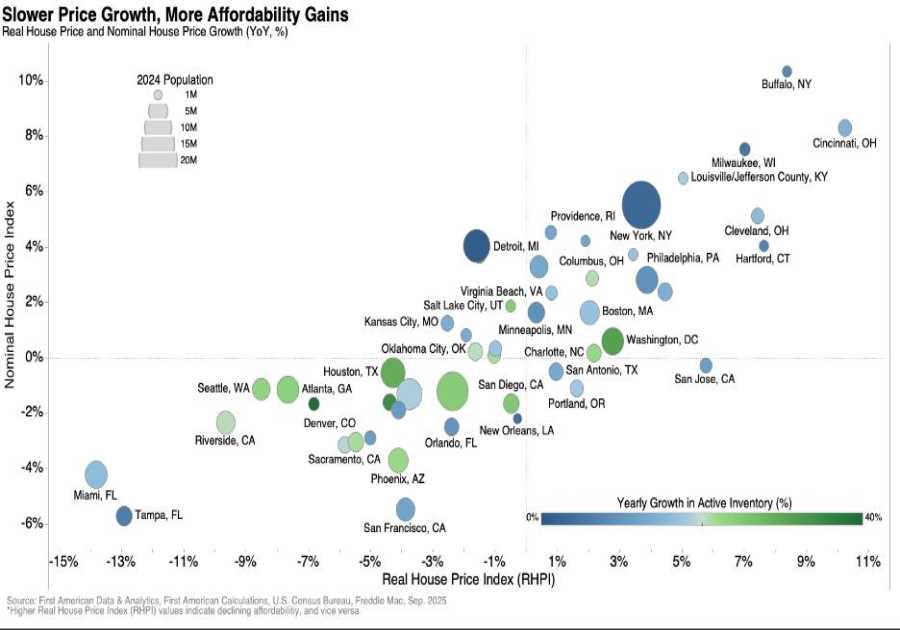Press service of the Ukrainian Armed Forces General Staff/Handout via REUTERS
- The Russian air force's performance in Ukraine has fallen well short of expectations before the war.
- Neither the Russia air force nor Ukrainian forces can control the skies over Ukraine, however.
- Despite the heavily contested airspace, aircraft from both sides are still operating over Ukraine.
When Russia attacked Ukraine on February 24, no one would have expected the Russian Aerospace Forces would be so ineffective.
On paper, Russia had a highly competent air force composed of hundreds of fourth-generation fighter jets as well as attack and transport helicopters. But Russian aircraft have never able to achieve air superiority over Ukraine.
There are several reasons for Russia's failure in the air, including inadequate training and poor situational awareness, but Ukraine's air force has also fought valiantly against a bigger and more advanced adversary, flying combat sorties even in the face of heavy opposition.
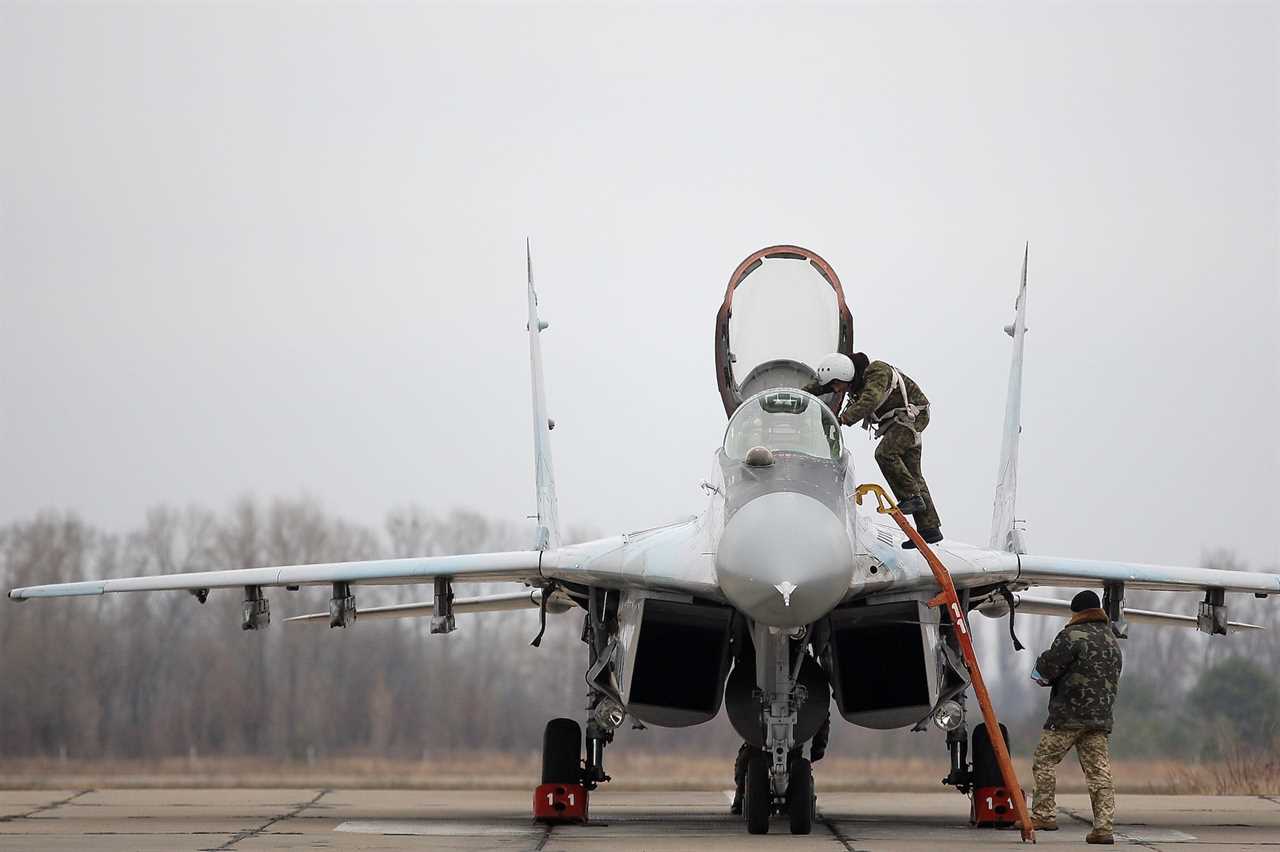
Danil Shamkin/NurPhoto via Getty Images
During the first days of the war, Ukrainian forces kept their mobile air-defense systems moving to make it harder for the Russians to track and attack them.
After Russia's opening salvo and as situation on the battlefield stabilized, the Ukrainians didn't have to take as extreme defensive measures — in part because compounding failures were further hindering Russia's forces — which allowed their jets to conduct more operations.
Right now, neither military can control the airspace over Ukraine, but pilots from both sides are still finding ways to operate.
Deadly airspace
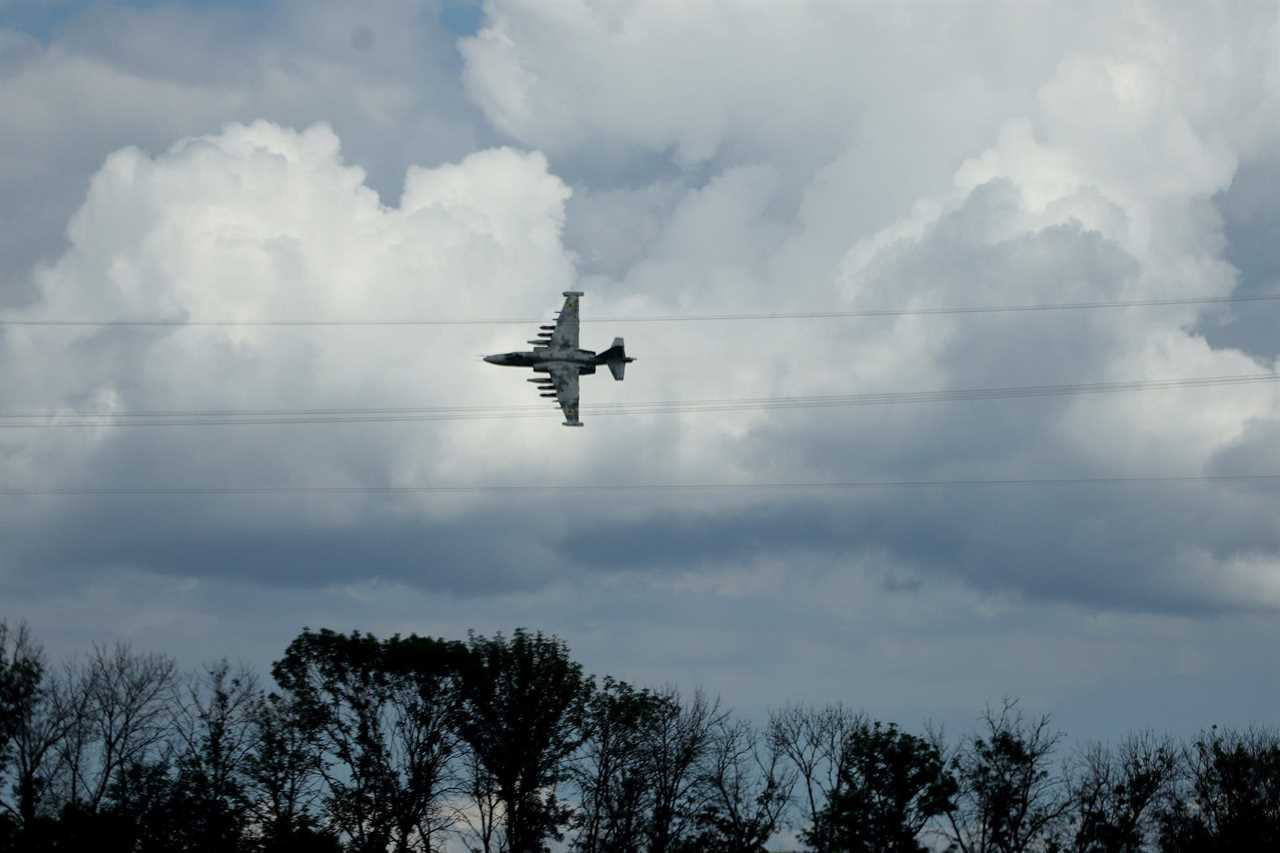
Scott Olson/Getty Images
Ukrainian and Russian pilots will go to remarkable lengths to avoid the deadly air-defense systems that are prevalent on the battlefield.
One of the best ways to bypass an adversary's detection and interdiction systems is to fly so close to the ground or the water that it's hard to distinguish the aircraft from the earth on radar — as in this video taken on a Ukrainian highway showing a fully armed Ukrainian Mi-24 helicopter weaving through traffic almost at eye-level with drivers.
"Flying low is always a choice if you want to make yourself a harder target. But low-level flying brings another set of considerations," a US naval aviator with experience in F/A-18 Hornet and Super Hornet fighter jets told Insider.
"First, you have to be capable and well-trained because flying at the nap of the earth requires a lot of energy and mental focus. Death is literally a couple of seconds away, so you have to have a steady hand," added the aviator, who was granted anonymity because they weren't authorized to speak to the media.
But flying low doesn't ensure the survival.
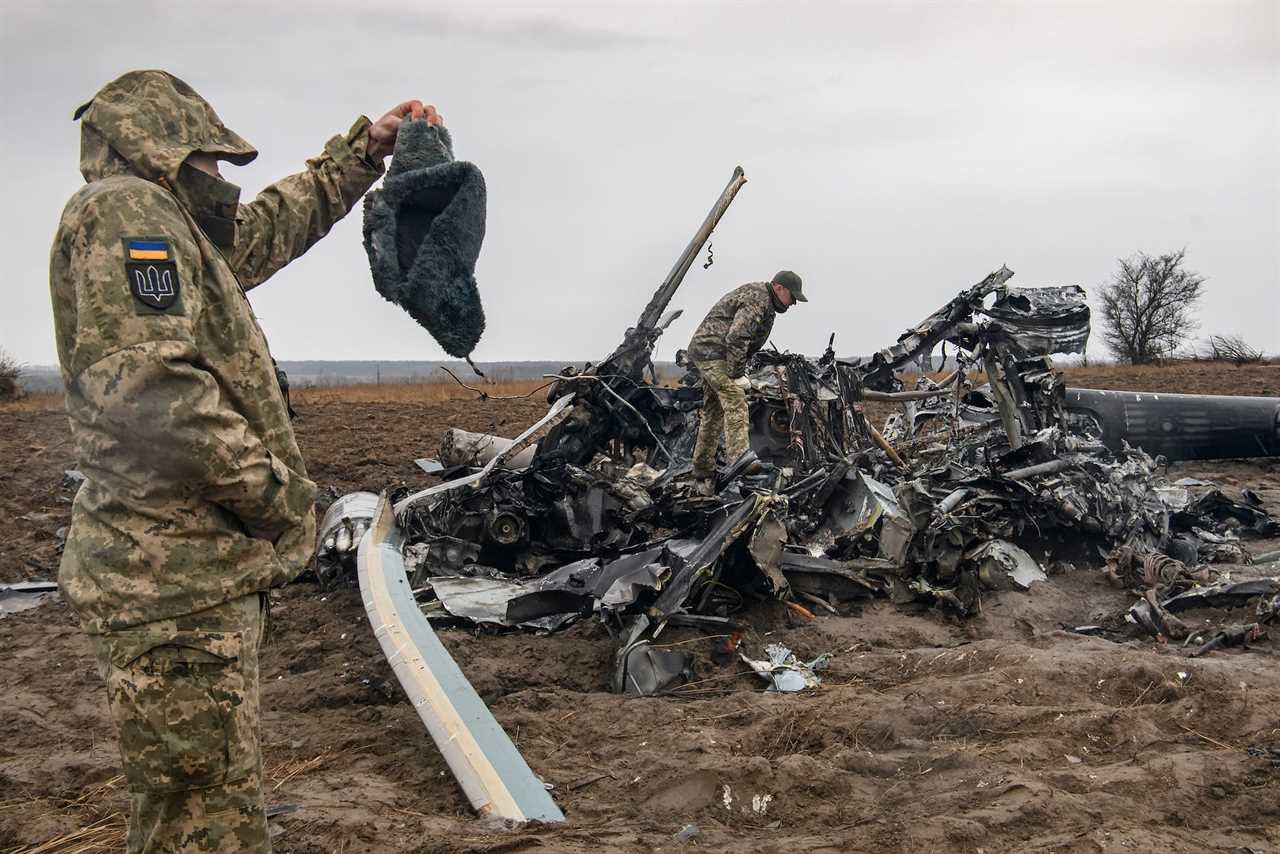
Maxym Marusenko/NurPhoto via Getty Images
A video purportedly taken near the eastern Ukrainian city of Bakhmut shows a low-flying Russian Mi-8 transport helicopter being struck by what appears to be a shoulder-fired anti-aircraft missile and crashing nearby.
In another video, a Russian Su-25 pilot records himself ejecting after the jet, which is designed to conduct close-air-support missions, was hit while just a few hundred feet from the ground.
The close air support being conducted in Ukraine right now bears little resemblance to what US troops were accustomed to in the war on terror, during which US and allied aircraft were able to engage enemy targets that were often within yards of friendly troops.
In Ukraine, Russian and Ukrainian aircraft often have to fire blindly or with only cursory attempts to aim at enemy targets before ducking down or veering off to avoid incoming fire.
"You have to adjust quickly to the realities of the operational environment. Otherwise you won't survive for long," the naval aviator told Insider. "You can enter the fight with all the training and plans in the world, but if they don't reflect the realities of the airspace, then you're in for an ugly surprise."
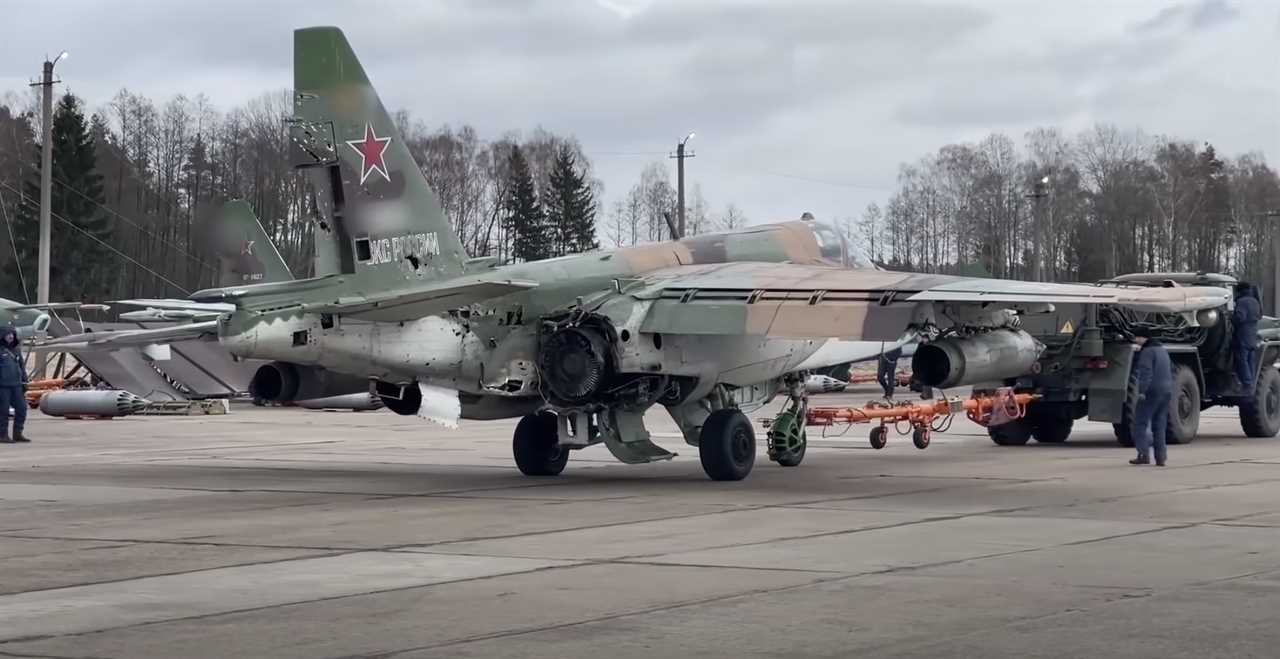
Russian Ministry of Defense
In addition to shrinking the pilot's response time, operating close to the ground exposes an aircraft to other threats, including to small-arms fire, which has been used to bring down modern jets in the past, including in the Falklands War in 1982.
Older Soviet-era anti-aircraft guns have also found a new role against drones and low-flying aircraft in Ukraine.
Ukraine's airspace remains contested and deadly for both sides, but pilots continue to fly over the frontlines.
Russian jets are still performing largely ineffective close air support with barrages of unguided bombs and rockets, while Ukrainian attack aircraft have grown more active as Ukrainian forces advance, according to a recent Royal United Services Institute report.
Stavros Atlamazoglou is a defense journalist specializing in special operations, a Hellenic Army veteran (national service with the 575th Marine Battalion and Army HQ), and a Johns Hopkins University graduate. He is working toward a master's degree in strategy and cybersecurity at the Johns Hopkins' School of Advanced International Studies.
Read More
By: [email protected] (Stavros Atlamazoglou)
Title: Neither Russia nor Ukraine can control the air over Ukrainian battlefields, but their aircraft are still finding ways to operate
Sourced From: www.businessinsider.com/russian-ukrainian-aircraft-are-still-operating-in-contested-airspace-2022-11
Published Date: Sat, 03 Dec 2022 15:10:00 +0000
.png)


